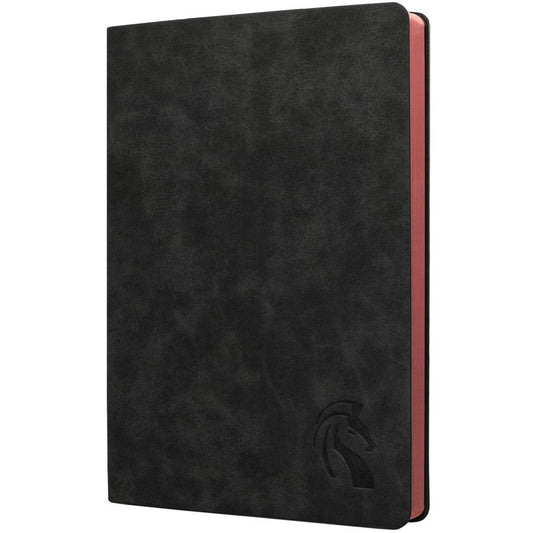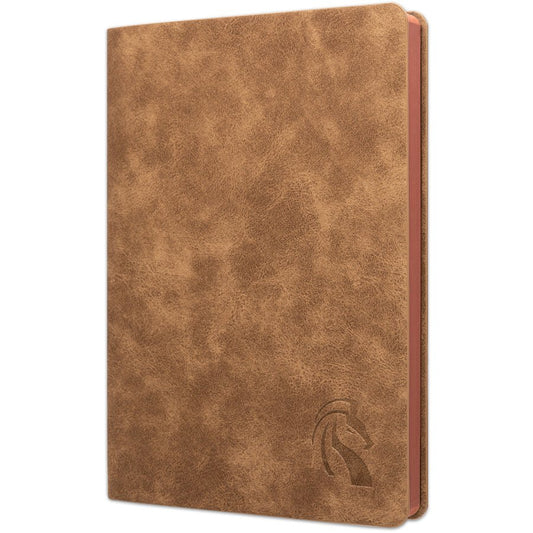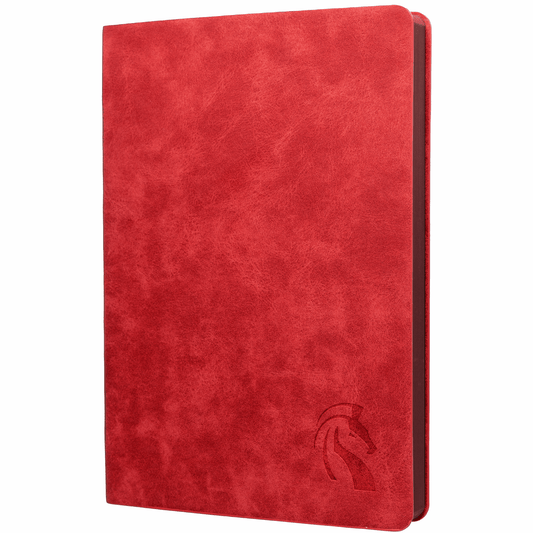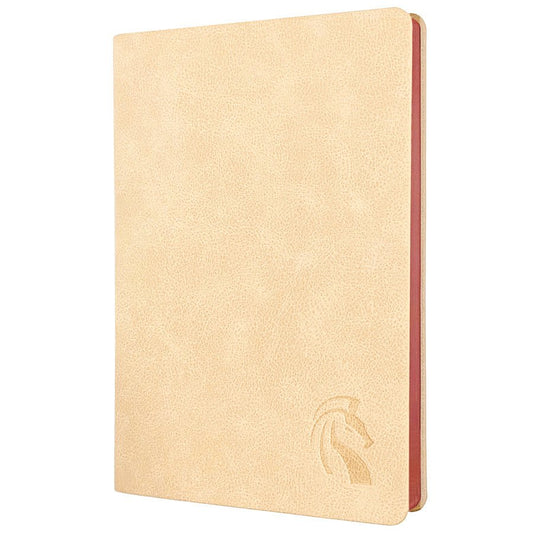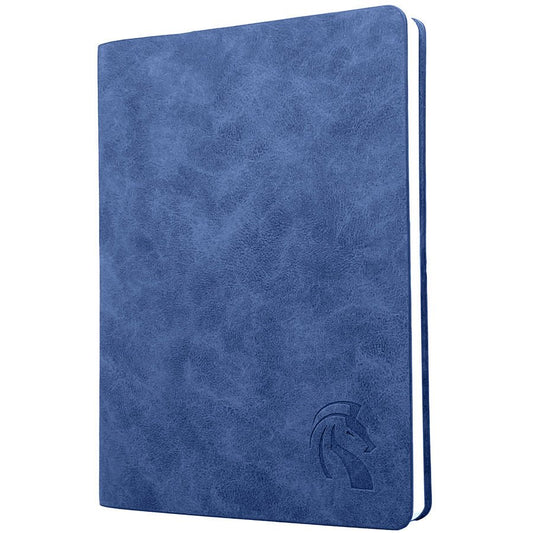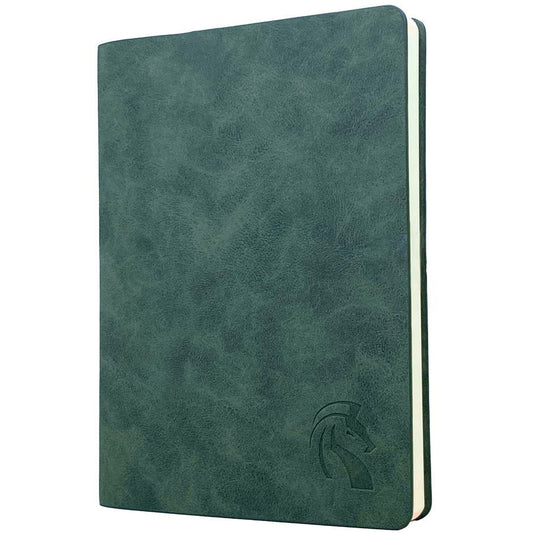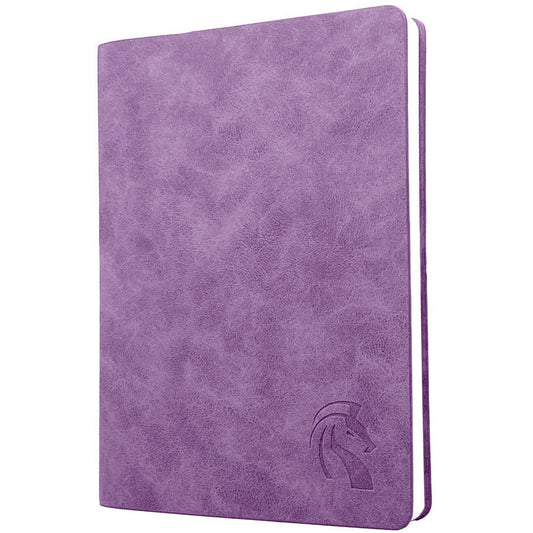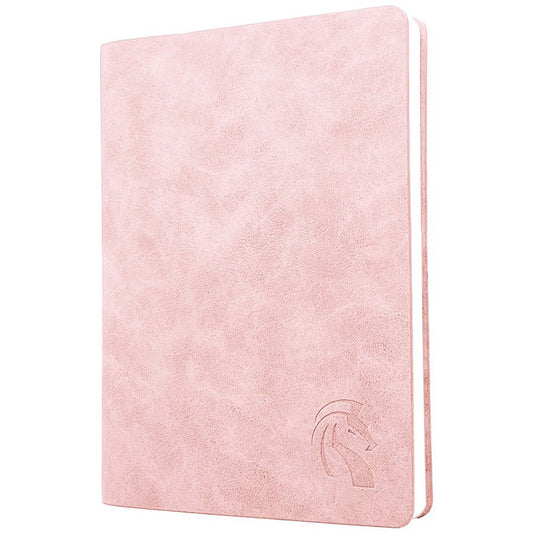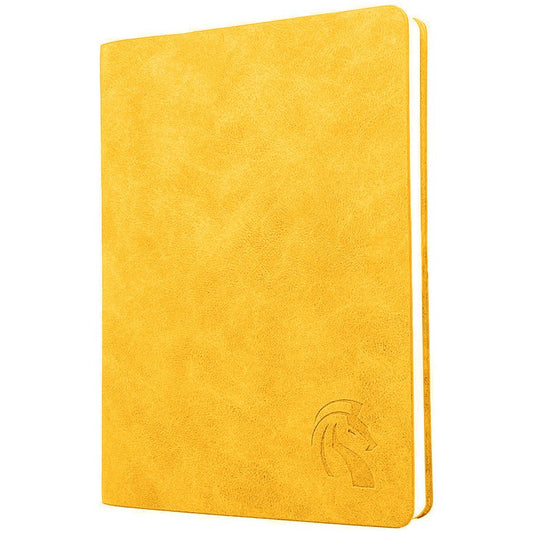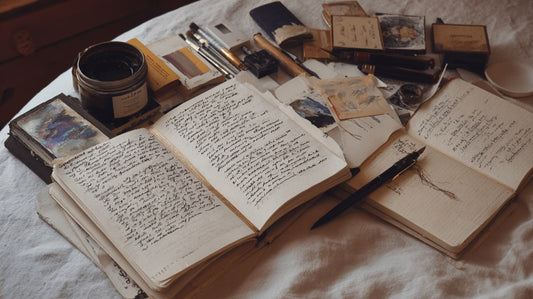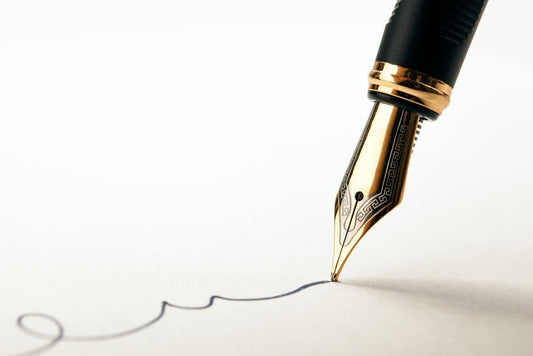
What do you do when you’re feeling sad or low? Maybe you reach out to friends or stay in bed watching your favorite series on TV.
Have you ever considered turning to writing as a therapy?
Studies have shown that those who write about their most traumatic or stressful experiences experience better health outcomes.
The stories we tell ourselves give us meaning in our lives. Writing therapy helps you explore the stories you tell yourself, the feelings associated with those events, and what meanings we can draw from events.
Writing can be a powerful, low-cost, and easily accessible therapy. Getting your thoughts and words onto pages empowers you to work through difficulties.
Writing therapy can help you sort through your stories and feelings around grief, anxiety, life transitions, or even stress. Writing therapy gives you a safe space to track your progress and self-reflect.
While writing may not always be a complete replacement for therapy, it’s still a tool you can use to work through your thoughts. It’s also a tool that can complement your regular therapy appointments.
Writing therapy is a guided way for you to interact with and analyze events that happen in your life. Through writing therapy, you explore your beliefs around those events - and how your beliefs might trigger certain feelings.
Follow these journal prompts to start exploring your thoughts:
1. Start your day with Morning Pages.
Morning Pages, a daily practice popularized by Julia Cameron, are three pages of unfiltered writing. This daily practice of filling three pages with your unfiltered thoughts can help clear your mind to start the day fresh.
2. The WDEP Model (Wants, Doing, Evaluate, Plan).
The WDEP Model can help you think about what you want and whether or not you are making the choices needed to get what you want. It can help you feel more in control about your daily decisions.
● Wants. What do you want?
● Doing. What are you doing to get what you want?
● Evaluate. Is what you are doing helping you get to what you want?
● Plan. Can you make a more effective plan to get what you want?
3. The ABC Model (Activating Event, Beliefs, Consequences).
We tend to think that activating events leads to consequences. This can help you explore your beliefs and reflect about your emotions.
● Activating Event. The event that triggers an emotion or thoughts.
● Beliefs. What you believe or think about the activating event. Our beliefs are the part that often subconsciously get overlooked.
● Consequences. The emotions we feel as a result of the activating event and our beliefs.

4. Self-Contract.
Do you want to change something in your life? What do you want to change? Write a contract to yourself about how you will make changes in your life to reach your goal.
5. Love letter to yourself.
How often do you appreciate and acknowledge yourself? Writing yourself a love letter, or letter of gratitude, can be a great space for you to build a positive relationship with yourself.
6. Gratitude.
Studies have shown that gratitude has a positive impact on a person’s well-being. Integrating gratitude journaling into your routine can increase your happiness and well-being.
Writing therapy can be a great tool to investigate your feelings or reflect about what you want in life. You can use writing therapy as a tool to fuel your own personal growth.
Exploring your beliefs and feelings using the journal prompts above can help you work through difficult emotions. By giving yourself a place to process your feelings, you’re giving yourself the opportunity to be happier and healthier.
This practice can be an empowering form of self-care! Try it today and feel the difference!

Start Journaling With LeStallion Premium Journals
LeStallion Soft Cover PU Leather Journals inspires and excites you to write more, allow you to further grow and develop, so you may achieve your goals and dreams!
SEE THIS JOURNAL
